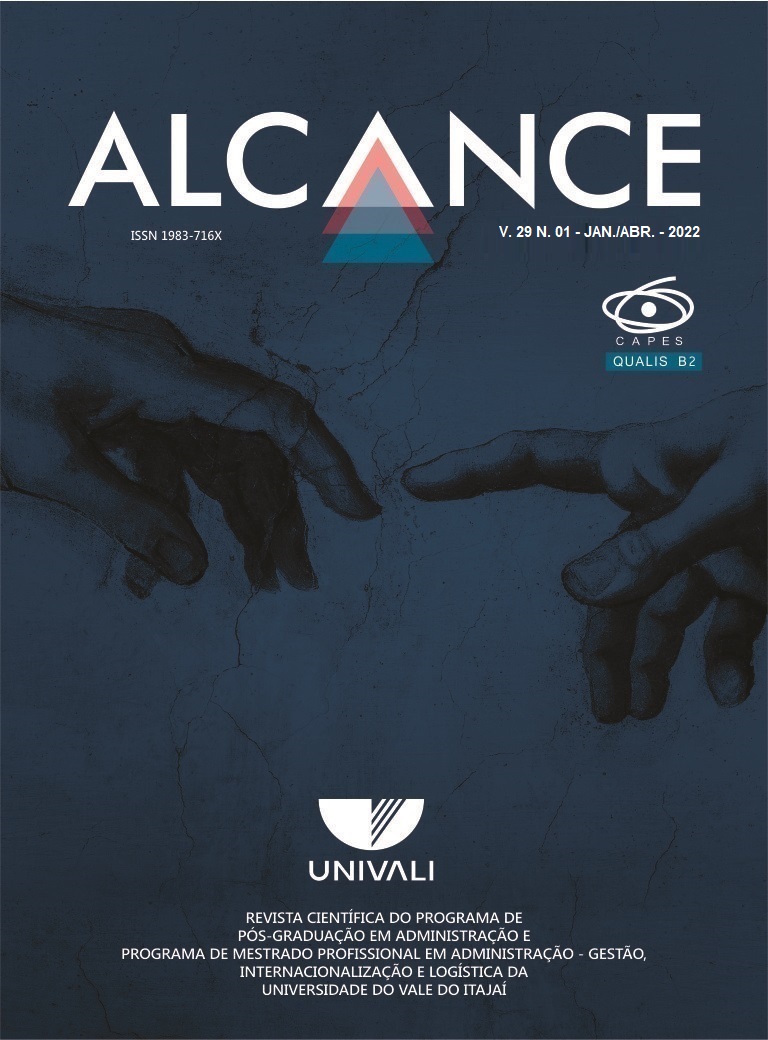




Agénor, P. R.; et al. (1999). Consumption smoothing and the current account: Evidence for France, 1970-1996. Journal of International Money and Finance, 18(1), 1-12.
Bergin, P. R., & Sheffrin, S. M. (2000). Interest rates, exchange rates and present value models of the current account. Economic Journal, 110(463), 535-558.
Betarelli Junior, A. A., & Ferreira, S. F. (2018) Introdução à análise qualitativa comparativa e aos conjuntos Fuzzy (fsQCA). 128 p.
Campbell, J. Y. (1987). Does Saving Anticipate Declining Labor Income? An Alternative Test of the Permanent Income Hypothesis. Econometrica, 55(6), 1249-1273.
Carrasco-Gutierrez, C. E. & Oliveira, L. H. H. (2013). Testando as implicações do modelo intertemporal da conta-corrente para o Brasil: 1947-2010. Análise Econômica, 31(25), 173-201.
Cashin, P., & Mcdermott, C. J. (1988). Are Australia's current account deficits excessive? Economic Record, 74(227), 346-361.
Feldstein, M., & Horioka, C. (1980). Domestic saving and international capital flows. Economic Journal, 90(358), 314-329.
Ghosh, A. R. (1995). International Capital Mobility amongst the Major Industrialized Countries: Too Little or Too Much? Economic Journal, 105(428).
Ghosh, A. R., Ostry, J. D. (1997). The current account in developing countries: a perspective from the consumption-smoothing approach. World Bank Economic Review 9(may), 305-33.
Garg, B., & Prabheesh, K. P. (2018). External shocks, consumption-smoothing and capital mobility in India: evidence from an intertemporal optimization approach. Applied Economics, 50 (45), 4814-4829.
Holanda, L., & Carrasco-Gutierrez, C.E. (2013). Testando as implicações do modelo intertemporal da conta-corrente para o Brasil: 1947- 2010. Análise Econômica, 31(59).
Huang, C. H. (2010). International capital mobility: An alternative test based on intertemporal current account models. International Review of Economics & Finance, 19(3), 467-482.
Huang, C. H., & LIN, K. (1993). Deficits, government expenditures, and tax smoothing in the United States: 1929–1988. Journal of Monetary Economics, 31, 317-339.
Hussein, K., & Melo Jr., L. R. (1999). International capital mobility in developing countries: theory and evidence. Journal of International Money and Finance, 18, 367-381.
Ismail, H. B., & Baharumshah, A. Z. (2008). Malaysia's current account deficits: An intertemporal optimization perspective. Empirical Economics, 35(3), 569-590.
Lane, P. R.; & Milesi-Ferreti, G. M. (2007). The external wealth of nations mark II: Revised and extended estimates of foreign assets and liabilities, 1970–2007. Journal of International Economics 73(Nov), 223-250.
Marx, A., & Rihoux, B., & Ragin, C. (2013). The origins, development, and application of Qualitative Comparative Analysis: the first 25 years. European Political Science Review. 6(1), 115–142.
Ogus, A., & Sohrabji, N. (2008). On the optimality and sustainability of Turkey's current account. Empirical Economics, 35(3), 543-568.
Obstfeld, M. (2004). External Adjustment. NBER Working paper series, 10843, October.
Obstfeld, M. (2010). The immoderate world economy. Journal of International Money and Finance. 29, 603-614.
Obstfeld, M. (2012). Financial flows, financial crises, and global imbalances. Journal of international money and finance. 31, 469-482.
Oliveira, H., & Hellery, & L. Carrasco-Gutierrez, C.H. (2015). The Dynamics of the Brazilian Current Account with Rule of Thumb Consumers. Munich Personal RePEc Archive. Recuperado em 01 de fevereiro de 2021 de https://mpra.ub.uni-muenchen.de/66079/.
Ragin, C. (1987). The Comparative Method. Moving Beyond Qualitative and Quantitative Strategies, Berkeley, Los Angeles and London: University of California Press.
Senna, F., & Issler, J. V. (2000). Mobilidade de capitais e movimentos da conta corrente do Brasil: 1947-1997. Estudos Econômicos, 30(4), 493–523.
Santos, B. P. C., & Cerqueira, L. F. (2017). Dinâmica da conta corrente em um regime cambial flexível: a experiência brasileira recente. Texto para discussão 326, 1-25.
Shibata, A., & Shintani, M. (1998). Capital mobility in the world economy: an alternative test. Journal of International Money and Finance, 17(5), 741-756.
Schneider, C.Q., & Wagemann, C. (2010). Standards of Good Practice in Qualitative Comparative Analysis (QCA) and Fuzzy-Sets. Comparative Sociology 9, 1–22.
Singh, T. (2019). Intertemporal sustainability of current account imbalances: new evidence from the OECD countries. Economic Notes, 48 (2), 1-40.
Silva, N., & Andrade, J. P. (2006) Dinâmica da conta de transações correntes do Brasil: avaliação do modelo básico da abordagem intertemporal. Pesquisa e Planejamento Econômico, 36(3), 525-49.
Silva, N., & Andrade, J. P. (2007). Abordagem intertemporal da conta corrente: introduzindo câmbio e juros no modelo básico. Economia Aplicada, 11(2), 157-187.
Silva, N. (2016). Informação, Hábito e a Conta Corrente. Texto para discussão Banco Central, 451, 1-30.
Souza Filho, O. V., Martins, R. S., & Macedo, R. C. (2018). Arranjo Institucional e a Adoção de Mecanismos de Governança: Aplicação da 'Qualitative Comparative Analysis of Fuzzy Sets (FSQCA)'. BASE - Revista de Administração e Contabilidade da UNISINOS, 15(2), 111-128.




Copyright (c) 2022 Revista Alcance
This work is licensed under a Creative Commons Attribution 4.0 International License.






Revista Alcance is a Brazilian free access journal, published every four months, linked to the Graduate Program in Administration and the Professional Master’s degree in Administration, Internationalization and Logistics Program of the University of Vale do Itajaí – Univali. We seek to publish theoretical-empirical and technological articles in the areas of Business Administration. Different theoretical and methodological perspectives are welcome, as long as they are consistent with and relevant to the development of the area.

